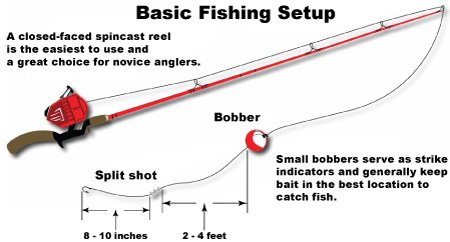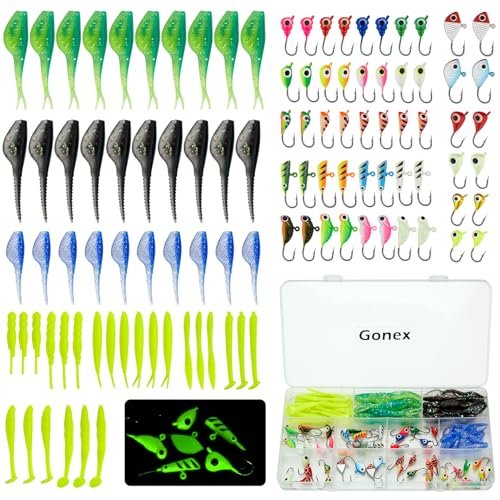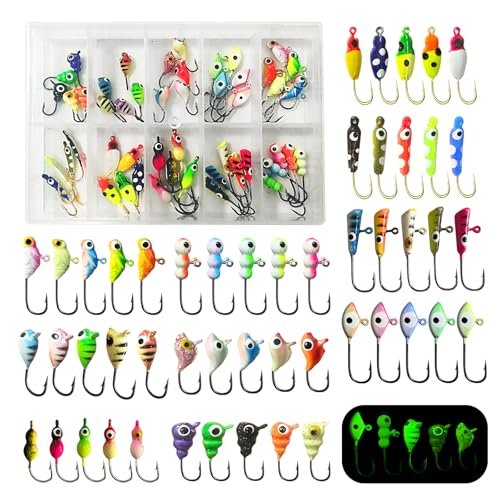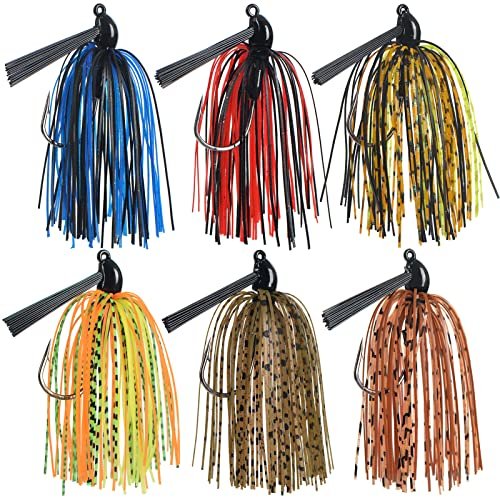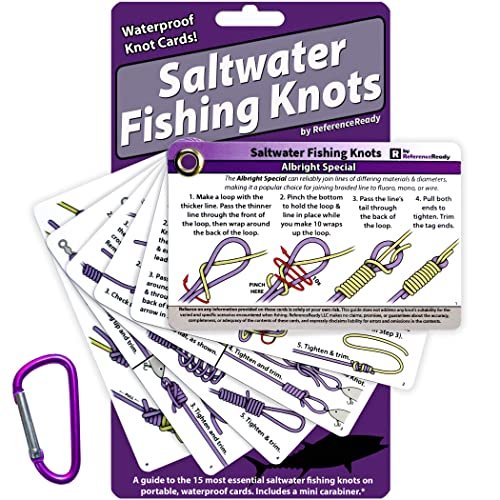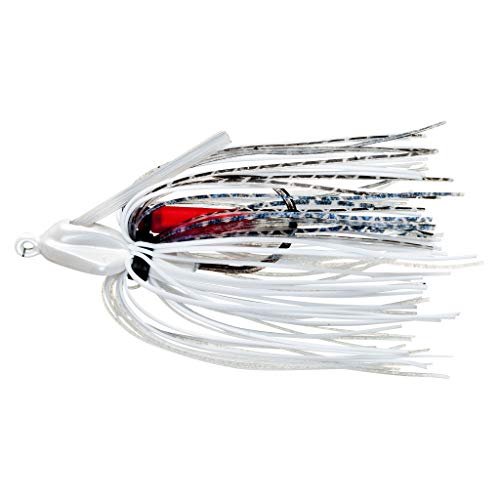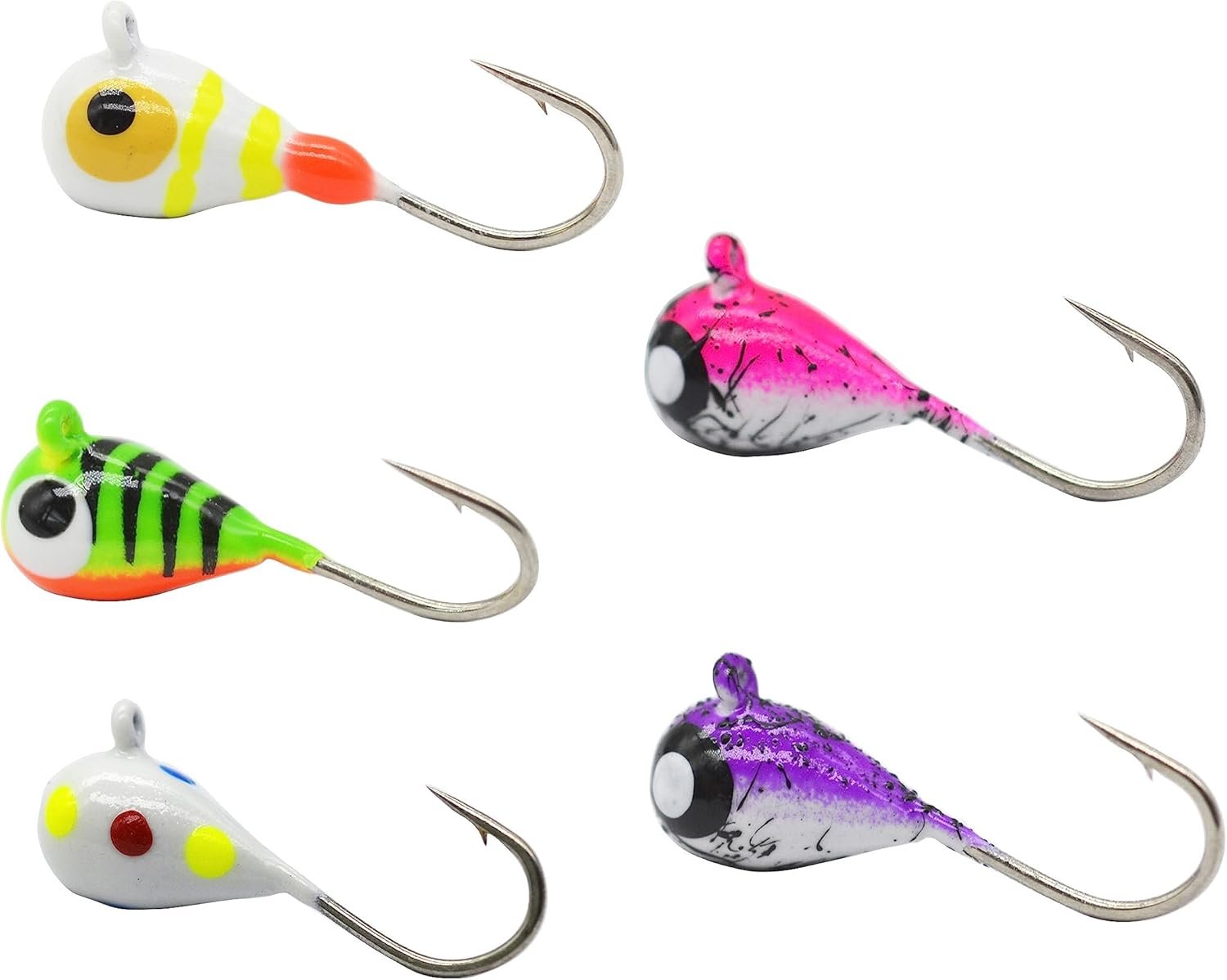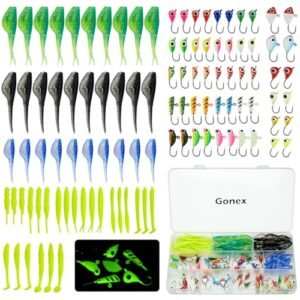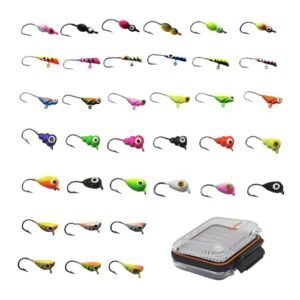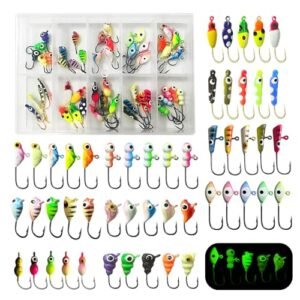Fishing is a relaxing and rewarding activity enjoyed by many. Properly setting up your fishing line is crucial for a successful experience. Whether you are a beginner or an experienced angler, knowing how to hook up a fishing line can enhance your chances of catching fish.
This process involves threading the line through the rod guides and tying a secure knot. Depending on the type of fishing, you may also need to attach weights, floats, or lures. Mastering these basics ensures a smooth and enjoyable fishing trip, helping you to catch more fish and improve your skills.
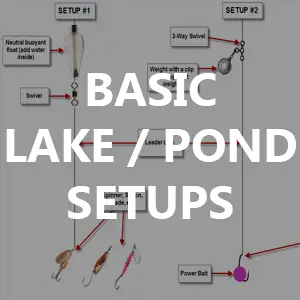
Introduction To Fishing Line Setup
Setting up your fishing line is the first step towards a successful fishing trip. A proper setup ensures that your line is strong and your bait is attractive to fish. This guide will help you understand the basics of fishing line setup.
Why A Proper Setup Matters
A proper fishing line setup is crucial for several reasons:
- Improves casting distance
- Reduces line tangles
- Increases your chances of catching fish
Without a good setup, your fishing experience can be frustrating. You might miss out on catching fish, or spend more time fixing problems.
Basic Tools Needed
To set up your fishing line, you will need a few basic tools:
| Tool | Purpose |
|---|---|
| Fishing Rod | Holds the line and helps you cast. |
| Fishing Reel | Stores and releases the fishing line. |
| Fishing Line | The main line for catching fish. |
| Hooks | Attaches bait to catch fish. |
| Sinkers | Adds weight to the line. |
| Bobbers | Keeps the bait at the right depth. |
Having these tools ready makes the setup process smoother and more efficient.
Choosing The Right Fishing Line
Choosing the right fishing line is crucial for a successful fishing trip. The correct line can help you catch more fish and avoid breakage. Let’s explore the different types of fishing lines and the factors to consider.
Types Of Fishing Lines
There are several types of fishing lines available. Each type has its own unique benefits and uses. Here are the most common types:
- Monofilament Line: This line is made from a single fiber. It’s easy to use and affordable.
- Braided Line: Made from multiple fibers woven together. It’s very strong and durable.
- Fluorocarbon Line: This line is almost invisible underwater. It’s great for clear water fishing.
Factors To Consider
When choosing a fishing line, consider these key factors:
- Strength: The line strength should match the type of fish you are targeting.
- Visibility: Choose a line that is less visible in the water for better results.
- Flexibility: A flexible line is easier to handle and cast.
- Abrasion Resistance: If fishing near rocks, choose a line that resists abrasion.
Here is a table summarizing the types of fishing lines and their key features:
| Type | Key Features |
|---|---|
| Monofilament | Easy to use, affordable, and flexible |
| Braided | Strong, durable, and high sensitivity |
| Fluorocarbon | Invisible underwater, abrasion-resistant, and low stretch |
By considering these factors and types, you can choose the best fishing line for your needs.
Preparing Your Fishing Rod
Before you can catch fish, you need to prepare your fishing rod. This involves a few key steps. Get ready to attach the reel and thread the line.
Attaching The Reel
First, ensure you have the correct reel for your rod. Check if it’s a spinning or baitcasting rod. Match it with the same type of reel.
- Open the reel seat at the bottom of the rod.
- Insert the reel foot into the reel seat.
- Tighten the reel seat until the reel is secure.
Make sure the reel is firmly attached. A loose reel can cause problems while fishing.
Threading The Line
Threading the line is crucial. Follow these steps to do it correctly:
- Open the bail arm of the reel.
- Take the end of the fishing line and pass it through the first guide at the tip of the rod.
- Continue threading the line through each guide towards the reel.
Once the line is threaded, close the bail arm. Then, tie the line to the reel spool using an arbor knot. This keeps the line secure.
Now, you are ready to spool the line onto the reel. Turn the reel handle to wind the line onto the spool.
- Keep the line tight as you wind it.
- Fill the spool to about 1/8 inch from the edge.
Now, your fishing rod is ready for action. You’ve successfully prepared your fishing rod.
Tying The Knots
Tying knots is a vital skill for every angler. The right knot ensures your catch stays on the line. Different knots suit different fishing styles and conditions.
Popular Fishing Knots
Knowing a few popular fishing knots can make your fishing experience better. Here are some essential knots:
- Improved Clinch Knot: Perfect for securing the hook to the line.
- Palomar Knot: Known for its strength and simplicity.
- Surgeon’s Knot: Great for joining two lines together.
Step-by-step Guide
Here is a simple guide to tying the Improved Clinch Knot:
- Thread the line through the hook’s eye.
- Wrap the line around itself five times.
- Pass the end of the line through the first loop near the eye.
- Then, pass it through the big loop you just made.
- Pull the end to tighten the knot.
- Trim any excess line.
Follow these steps to ensure a strong and secure knot. Practice makes perfect.
Adding The Hook And Bait
Setting up your fishing line is crucial for a successful fishing trip. One of the most important steps is adding the hook and bait. This process can determine whether you catch fish or not. Below, we’ll break down how to select the right hook and how to attach the bait.
Selecting The Right Hook
Choosing the correct hook is vital. Different hooks work for different fish species. Here are some common hook types:
- J-Hooks: Good for most fish. Easy to use.
- Circle Hooks: Reduce fish injury. Great for catch and release.
- Treble Hooks: Three points. Often used for lures.
Match the hook size to the fish you want to catch. Bigger hooks for bigger fish. Smaller hooks for smaller fish.
Bait Options And Attachment
Choosing the right bait is just as important. Fish have different preferences. Here are some bait options:
| Bait Type | Description |
|---|---|
| Worms | Most common bait. Good for many fish species. |
| Crickets | Great for catching bass and bluegill. |
| Minnows | Excellent for larger fish like pike and bass. |
| Artificial Lures | Designed to mimic real bait. Many types available. |
Once you’ve chosen your bait, attach it carefully. For worms, thread the worm onto the hook. Make sure it’s secure. For crickets, hook through the back. Minnows should be hooked through the lips or back.
Artificial lures usually have instructions. Follow them for best results.
Weights And Floaters
Setting up a fishing line involves several steps. Two key components are weights and floaters. These tools help control the depth and movement of your bait, making your fishing experience more successful.
Purpose And Placement
Weights help your bait sink to the desired depth. They also keep your line stable. You attach weights near the hook, but not too close. This placement allows the bait to move naturally.
Floaters (or bobbers) keep your bait at a specific depth. They also signal when a fish bites. Place the floater above the weight. The distance depends on how deep you want your bait.
Types And Usage
| Type | Description | Usage |
|---|---|---|
| Split Shot | Small, clamp-on weights | Used for light tackle |
| Egg Sinker | Oval-shaped, slides on line | Good for bottom fishing |
| Bullet Weight | Shaped like a bullet | Used in weed-heavy areas |
| Fixed Bobber | Attaches directly to the line | Good for shallow water |
| Slip Bobber | Slides freely up and down | Best for deep water |
Choose weights and floaters based on your fishing needs. Each type serves a specific purpose and can make a big difference in your success. Experiment with different types to find what works best for you.
Casting Techniques
Casting techniques are essential for successful fishing. Mastering the art of casting helps you reach distant spots and improves your chances of catching fish. Let’s dive into the basic and advanced steps to enhance your fishing experience.
Basic Casting Steps
Follow these simple steps to cast your fishing line effectively:
- Grip the Rod: Hold the rod with your dominant hand.
- Open the Bail: Flip the bail arm up to release the line.
- Hold the Line: Use your index finger to hold the line.
- Draw the Rod Back: Swing the rod back over your shoulder.
- Cast Forward: In a smooth motion, bring the rod forward.
- Release the Line: Let go of the line with your finger.
- Close the Bail: Flip the bail arm back down.
- Reel In: Start reeling in to keep the line taut.
Advanced Tips
Once you’ve mastered the basics, use these advanced tips to improve:
- Practice Accuracy: Aim for specific targets to improve precision.
- Use Different Casts: Experiment with overhand, sidearm, and underhand casts.
- Consider Wind: Adjust your cast direction based on wind conditions.
- Weight and Lure: Match the weight and lure to your rod’s specifications.
- Check Your Line: Regularly inspect for tangles or knots.
- Stay Relaxed: A relaxed grip and smooth motion enhance casting distance.
By following these steps and tips, you’ll cast like a pro in no time!

Maintenance And Troubleshooting
Maintaining your fishing line is crucial for a successful fishing trip. Proper care can prevent many common issues. This section will guide you through regular maintenance tips and how to troubleshoot frequent problems.
Regular Maintenance Tips
- Inspect your line: Check for frays, cuts, and weaknesses.
- Clean the line: Use a damp cloth to remove salt and dirt.
- Store properly: Keep your line in a cool, dry place. Avoid direct sunlight.
- Check the reel: Ensure it is working smoothly. Lubricate if needed.
Common Issues And Fixes
| Issue | Fix |
|---|---|
| Tangled Line | Untangle slowly. Check for knots. |
| Line Twist | Re-spool the line correctly. |
| Line Breaks | Replace the damaged section. |
| Drag Issues | Adjust the drag settings. Clean the reel if needed. |
By following these tips, you can keep your fishing line in top condition. Regular maintenance and timely troubleshooting ensure a smoother fishing experience.

Credit: www.pinterest.com
Frequently Asked Questions
How To Rig A Fishing Line For Beginners?
To rig a fishing line, tie a hook to the line using a clinch knot. Attach a sinker above the hook. Add a bobber about 1-2 feet above the sinker. Ensure everything is secure. Cast your line and start fishing.
How Do You Hook A Fishing Line?
To hook a fishing line, thread the line through the eye of the hook. Tie a secure knot, such as the improved clinch knot. Trim any excess line. Ensure the knot is tight and the hook is firmly attached.
How To Set Up Fishing Line With Hook And Weight?
Tie the hook to the fishing line using a knot. Attach a weight 12-18 inches above the hook.
How To Rig A Hook Sinker And Swivel?
To rig a hook, sinker, and swivel, first, tie the swivel to the main line. Attach the hook to the leader line. Finally, connect the leader line to the swivel and add the sinker above the swivel.
Conclusion
Mastering the art of hooking up a fishing line is essential for any angler. Follow these steps to ensure success. Practice makes perfect, so keep honing your skills. Now, get out there and enjoy your fishing adventure. Remember, patience and preparation lead to a great catch.
Happy fishing!
